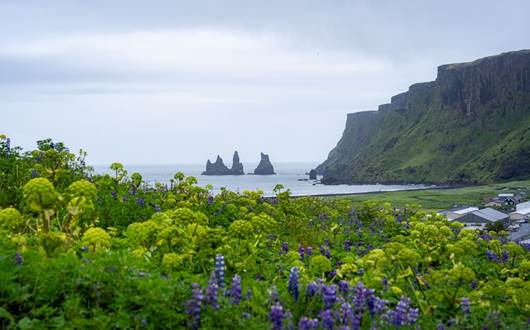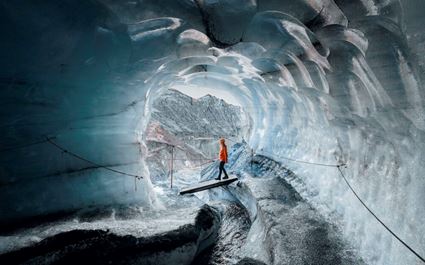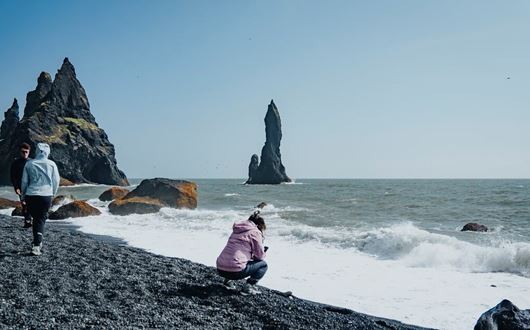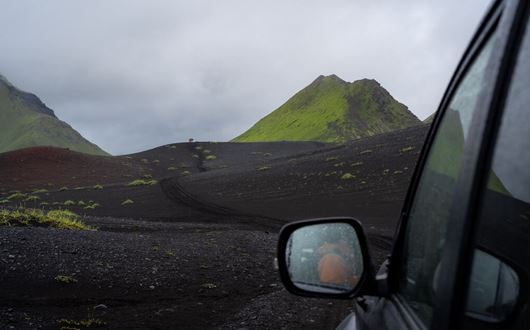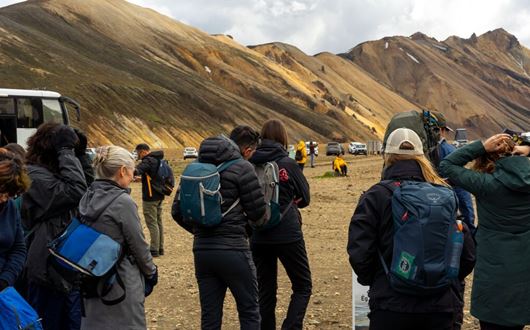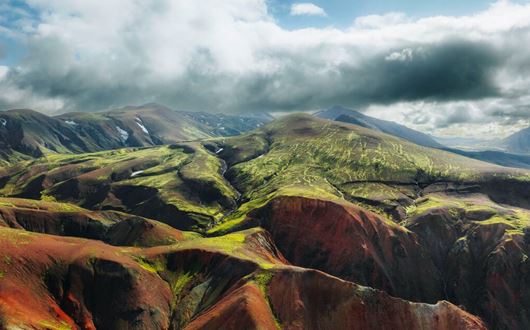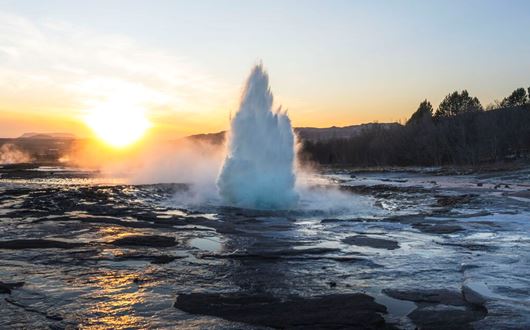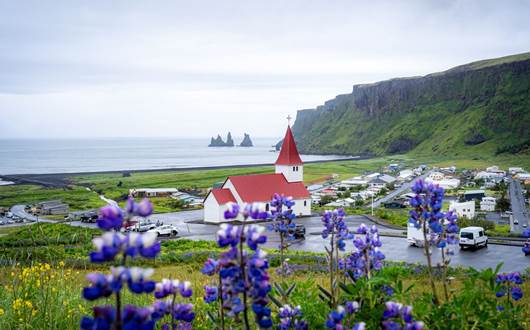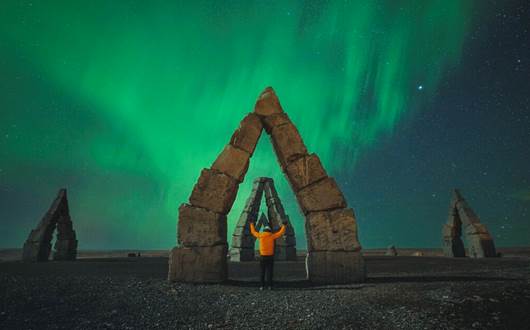FAQs
Can you see the Northern lights in Iceland in April?
Yes, you can see the Northern Lights in Iceland in April, particularly in the early part of the month. The nights are long enough for optimal viewing, and tours led by expert guides who know the best spots for aurora sightings still operate. However, as the month goes on and daylight hours increase, the likelihood of seeing the Northern Lights diminishes. The phenomenon becomes rarer later due to shorter nights.
Where can I see the Northern Lights in Iceland in April?
In April, the best places to see the Northern Lights in Iceland are locations away from city lights, where the skies are darker. The viewing spots also depend on the aurora activity and overall cloudiness. Top spots include Thingvellir and Snaefellsnes Peninsula—areas that are far from light pollution but relatively close to Reykjavík.
What is the weather like in Iceland in April?
The weather in Iceland during April is quite treacherous, as it often blends winter and spring conditions. Temperatures average 0°C (32°F), and you can expect both rain and snow on the same day. Strong winds are common in the coastal areas in the north and south. As the month goes on, the days get progressively longer, with over 16 hours of daylight by the 30th, giving more time to explore despite the ever-changing weather.
When is spring in Iceland?
Spring in Iceland typically lasts from late March to May. During this period, the days gradually get longer, and the first signs of new growth begin to appear. However, due to its northern location, Icelandic springtime can be dramatic, with rapidly changing weather conditions. You may experience a mix of sunshine, rain, snow, and even strong winds, making it essential to be prepared for anything while enjoying the evolving landscape.
What season is April in Iceland?
April in Iceland is considered part of spring, though winter conditions can still linger across the island. The month begins with colder weather, with temperatures hovering around freezing. As weeks pass, the climate improves, temperatures rise, and daylight hours increase to 16 hours.
Is April a good time to visit Iceland?
Yes, April is a good time to visit Iceland, as the weather starts to improve and more sightseeing opportunities appear. The early weeks of the month are perfect for visiting ice caves or trying skiing, as the crowds are smaller. As part of the off-season, hotels, air travel tickets, and tours cost less than during the peak season.
Is there snow in Iceland in April?
Yes, there is still some snow during April in Iceland, particularly around the glaciers, the Highlands, and higher elevations. The northern parts of the island see an average of 5.7 days of snowfall per month, while Reykjavík experiences only about 2.1 days. Most precipitation around the country falls in a mix of rain and snow up until the end of April.
Can you see ice caves in Iceland in April?
Yes, you can visit ice caves in Iceland in April, including the Crystal Ice Cave in Vatnajökull and natural caves in Langjökull. However, as temperatures rise throughout the year, most natural caves start melting, making April the last chance to see them. Exceptions include the Katla Ice Cave and the Langjökull Ice Tunnel, which remain open year-round. Always check local conditions and tour availability, as access can change with the weather.
What is the rainiest month in Iceland?
The rainiest months in Iceland are October and March, receiving an average of around 86 mm (3.3 in) of precipitation, with about 14.5 days of rain. In comparison, April gets around 58 mm (2.2 in) of precipitation, most of which falls as a mix of rain and snow, sometimes both. The month experiences about 8 rainy days, but the amount and frequency of rain can vary depending on the region.
Is Iceland green in April?
Iceland isn't particularly green in April, as the island is still transitioning from winter to spring. As the month progresses, temperatures gradually rise, and the melting snow reveals blooming flowers and moss. Coastal regions begin showing signs of greenery earlier in the month, but the Highlands and glacier areas remain covered in ice and snow. So, while you’ll see some early signs of spring, the island is still largely dominated by winter conditions.
